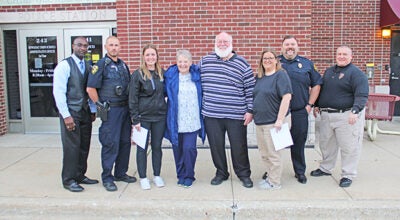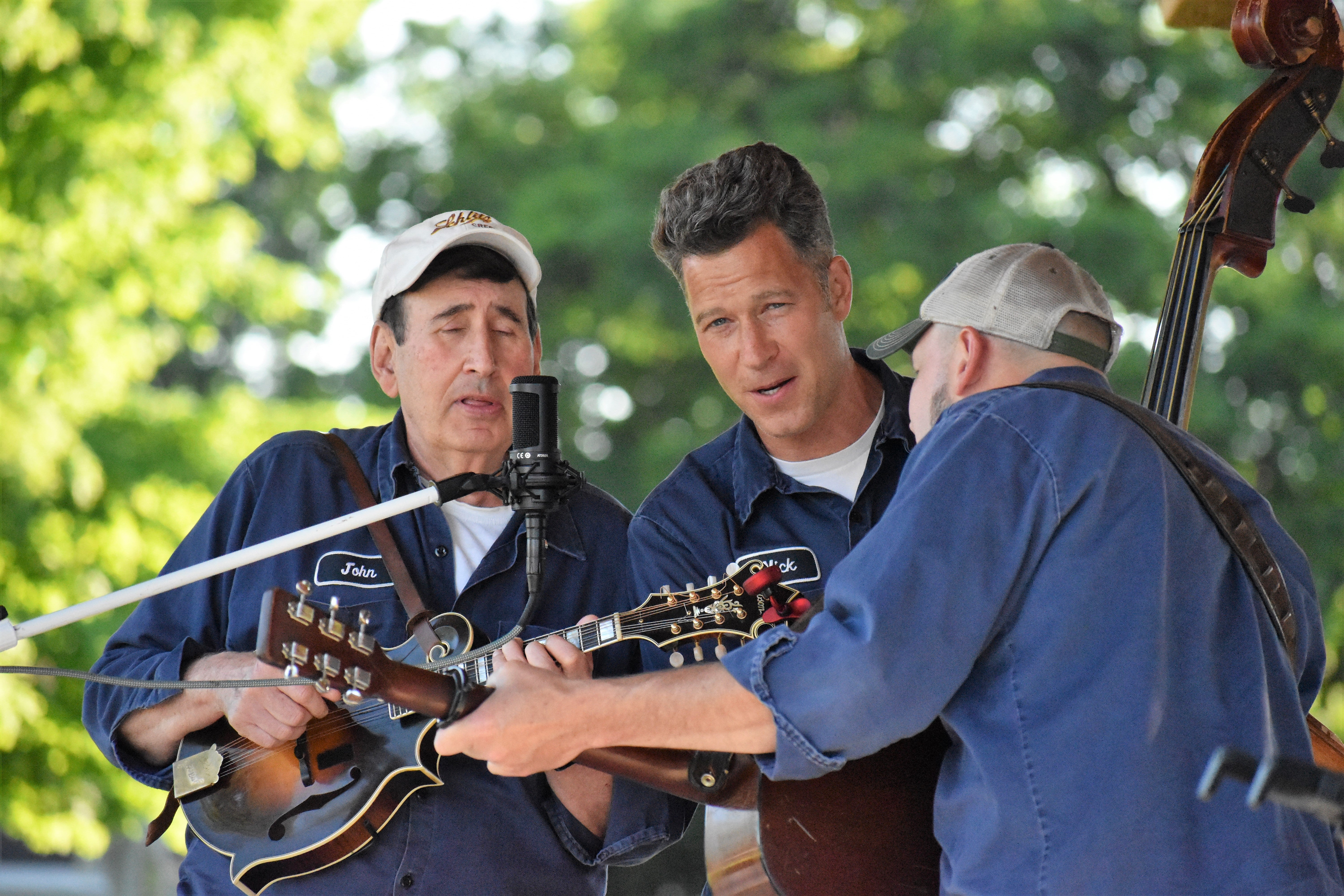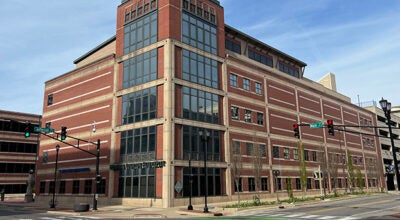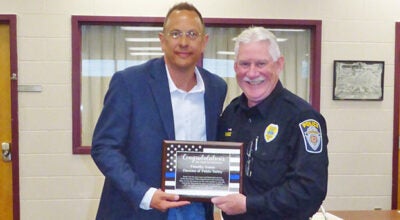New Tech students: it’s working
Published 5:46 pm Tuesday, April 10, 2012
The majority of students enrolled in Niles New Tech Entrepreneurial Academy say they are learning better through project-based learning than traditional means.
When asked in a confidential online questionnaire if projects led to better learning, Niles New Tech learners responded “yes” 62 percent of the time.
The question was one of several given to learners in January. This is the first year for the Niles New Tech program.
Seventy-eight percent of learners reported they are proud of Niles New Tech and the people in it.
Learners were also asked, “How much has your experience at this school contributed to growth in the following areas?” More than 75 percent of learners answered “quite a bit” or “very much” for: learning work-related skills; public speaking; thinking deeply and critically; using technology; working well in groups; and preparing for college or the workplace.
Learners also indicated they could be more successful if given more time for instruction after school.
The questionnaire results were released as part of a presentation given Monday to the Niles Community Schools Board of Education by Julia Lesley, a national coach for the New Tech Network. National coaches visit New Tech schools several times a year to evaluate progress and provide feedback.
Lesley said the Niles New Tech is one of the few first-year schools nationwide (there are 27) encouraged to apply for national demonstration site status.
“That means they are ready to have outside visitors come to their school, those visitors who are contemplating bringing New Tech to their community,” she said.
Niles New Tech learners are also showing far better growth than the national average when comparing results of Northwest Evaluation Association (NWEA) testing in the fall of 2011 and the winter of 2012.
Jerry Holtgren, the director for Niles New Tech, said Niles learners demonstrated more than three times the growth of the national average in language arts during that period. Learners also nearly doubled the growth of the national average in both reading and math.
“When we got numbers back … it was exciting and really validated what we are trying to do here and that this model really does work,” Holtgren said.






